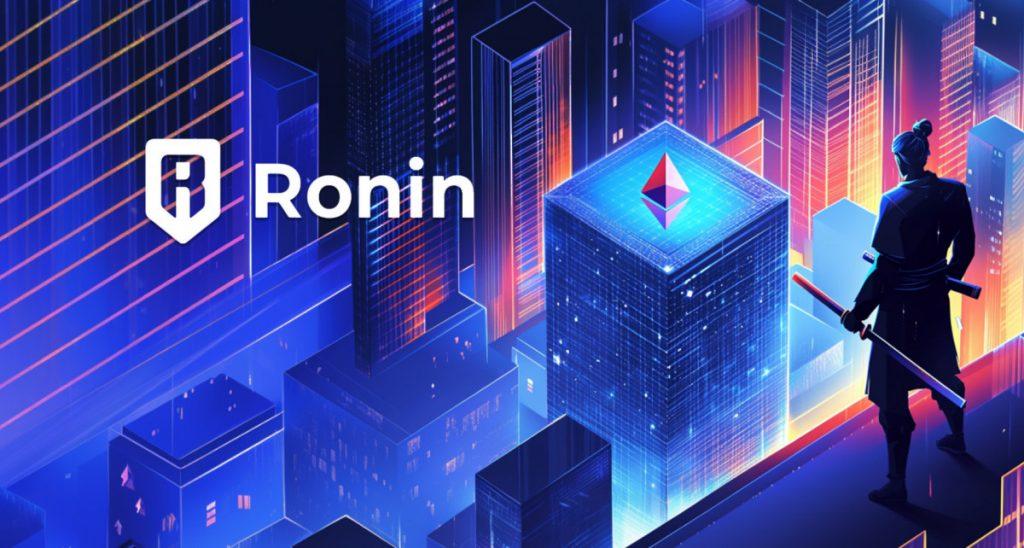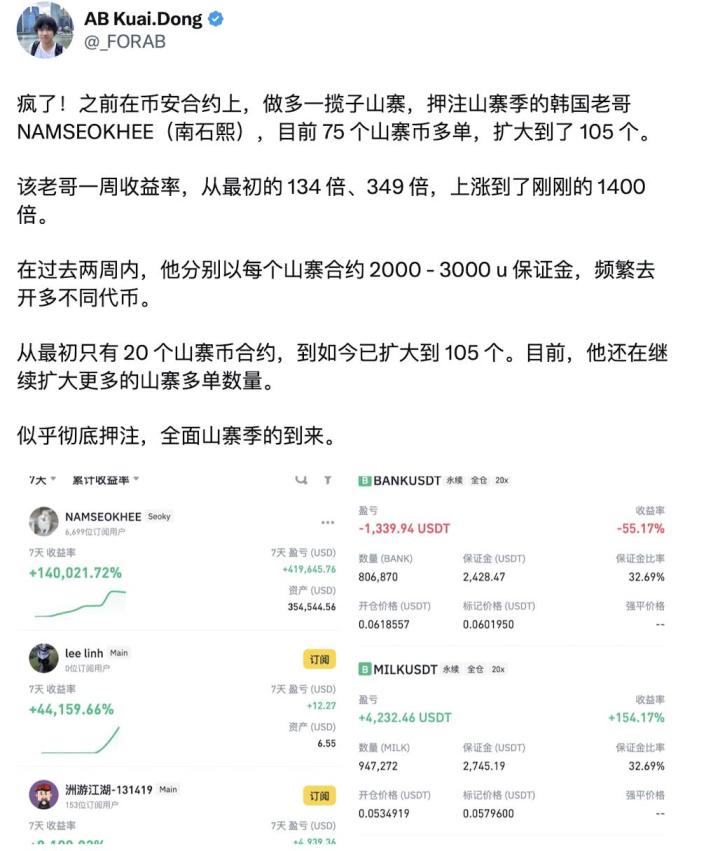
EVM-compatible blockchain Ronin announced its intention to transition into a fully developed, Ethereum-aligned Layer 2 solution by next year. In this new phase, Ronin aims to expand its scope beyond gaming, becoming a multi-purpose chain that supports a variety of applications. The upgrade is expected to deliver transaction speeds approximately twelve times faster while leveraging Ethereum’s security and decentralization. A redesigned Proof of Distribution system will replace the previous staking model, shifting RON rewards from passive validators to active network contributors.
Under the updated tokenomics, rewards will be redirected from Governing and Regular Validators to Governing Validators and Contributors, fostering a stronger link between builders and users. Regular Validators will have the option to register as Stake Managers; if they do, staked RON from them and their delegators will migrate to their Stake Manager account. If they opt out, these stakes will be reassigned to a General Stake Manager designated by Governing Validators. In both cases, stakers will not need to take any action.
With the Proof of Distribution framework, a greater share of RON rewards will go to Contributors and their respective communities. These rewards will be determined by the total stake allocated to each Contributor and their Builder Score, which combines daily and monthly performance metrics. Builder Scores may reflect on-chain activity such as gas fees generated, treasury revenue, and total value locked, alongside off-chain metrics like visibility and influence. Higher scores will correspond to greater rewards.
The shift toward Ethereum alignment is positioned as a strategic milestone, enabling Ronin to channel more incentives toward leading builders while extending its reach into sectors adjacent to gaming. Over the coming years, the network intends to build on its track record, established partnerships, and user base in emerging markets to broaden economic access and utility.
Ronin is coming home to Ethereum.
— Ronin (@Ronin_Network) August 15, 2025
Ready Layer Two
Four years ago, we built Ronin because Axie Infinity needed a faster, more efficient network. Ethereum was still early in its scaling roadmap. Necessity was the mother of our invention.
However, things are different now.… pic.twitter.com/YnQobDvhX3
Ronin Outlines Two-Phase Roadmap For Layer 2 Transition And Ecosystem Upgrade
Ronin’s Homecoming will progress through two primary phases, both requiring participation from Governing Validators and development efforts from Sky Mavis engineers. The first phase, which is currently underway, focuses on presenting plans to the Ronin community, holding a Governing Validator vote to select a Layer 2 provider, engaging in discussions with the wider Ethereum and EVM-compatible ecosystems, and publishing “Ronin 2.0 Recharged” in the form of a revised white paper. Several Layer 2 technology providers, including Optimism, Arbitrum, zkSync, and Polygon, have been invited to submit proposals.
The second phase, anticipated for completion in the second quarter of 2026, will involve finalizing technical implementation, conducting independent audits, reallocating token emissions under the updated framework, and carrying out a hard fork to migrate Ronin to a Layer 2 network. Certain aspects of the implementation may occur progressively across both the first and second quarters, with a flexible timeline to accommodate development requirements.
At present, Ronin operates primarily as a gaming-oriented blockchain, though its ecosystem is expanding into areas adjacent to gaming such as gamified decentralized finance, risk-based social finance, tokenized physical collectibles, and consumer-focused artificial intelligence applications.
In 2024, Ronin ranked as the fourth most-used blockchain, hosting more than seventy Web3 games that were either launched or migrated onto the platform. The network has recorded over thirty-one million wallet downloads from users across North America, Asia, Europe, and Latin America.
Non-fungible token (NFT) activity includes $4.2 billion in trading volume on App.axie—the highest all-time volume for an NFT project, recognized by the Guinness World Records—and $45 million in trading volume on Ronin Market, where more than 175 third-party collections are listed. The Ronin Treasury currently holds over 890 wETH along with RON, AXS, and SLP tokens, which are allocated toward community incentives and other ecosystem initiatives.
The post Ronin Unveils Plans To Evolve Into Ethereum Layer 2 With New Incentive Model For Developers appeared first on Metaverse Post.









